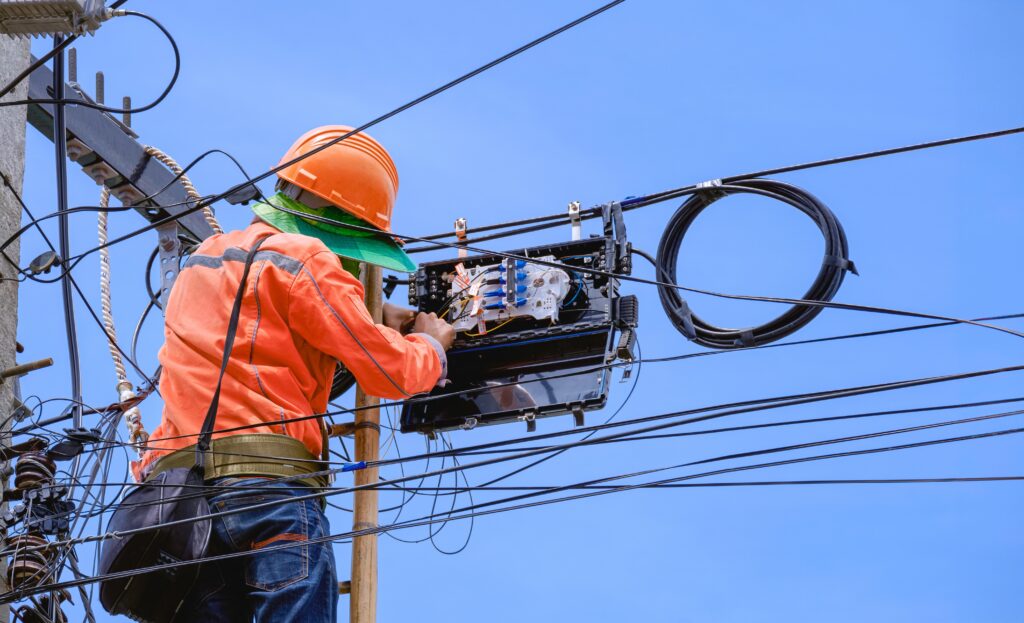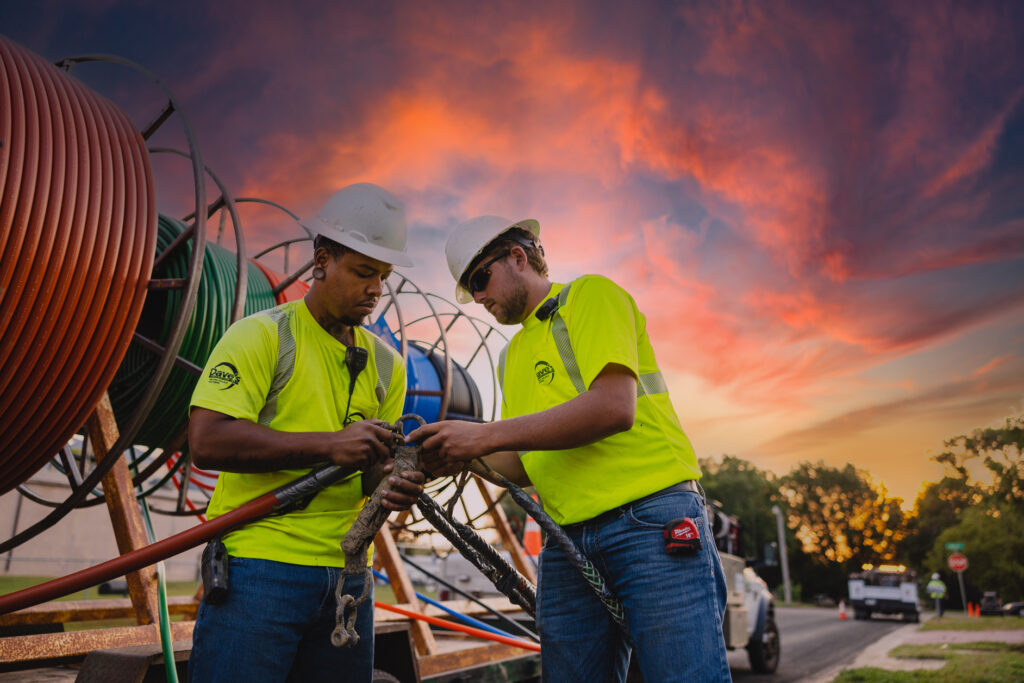These days more Americans are working and learning remotely than ever before, a trend accelerated by the pandemic. That trend is not limited to professionals in large urban centers. Thanks to years of investment and hard work, rural and far-out communities are connected to the high-speed networks that facilitate virtual work, school, and entertainment.
Despite the harsh conditions, Alaska’s Aleutian Islands in the Bering sea are currently being connected by 800 miles of undersea fiber cable. The project will bring gigabit speeds to remote arctic communities as well as the country’s largest fishing port in Unalaska.
Outside of Alaska, cable ISPs have deployed gigabit networks to places like St. Francis, KS and to communities along the Eastern Shore of the Chesapeake Bay. These are just some examples of the many projects America’s broadband leaders have been working on to get more and more Americans connected to next-generation networks. In fact, since 2019 cable’s broadband service has become available to over 340,000 homes in rural and remote areas.
While there is more work to be done, America’s internet success story has resulted in gigabit speeds (the next generation of service) becoming available to many rural communities. As new technologies and innovation emerge, America’s networks are ready for the future, no matter where a person is located.
As we build toward the future, America’s cable ISPs are committed to getting every community—from Maine to Iowa to Alaska–up to speed so opportunities are available to all.
To learn more about rural broadband projects, be sure to visit the page on our website.







